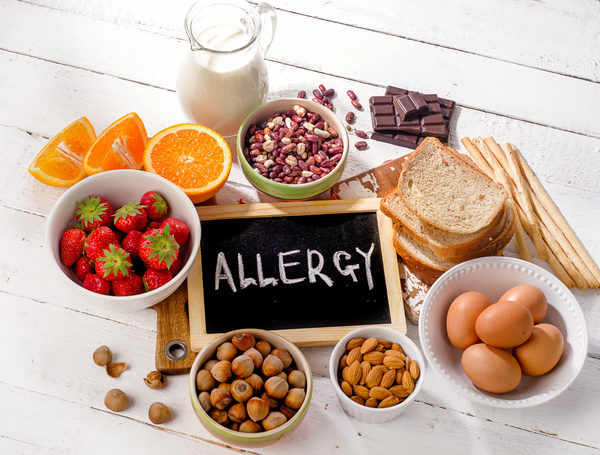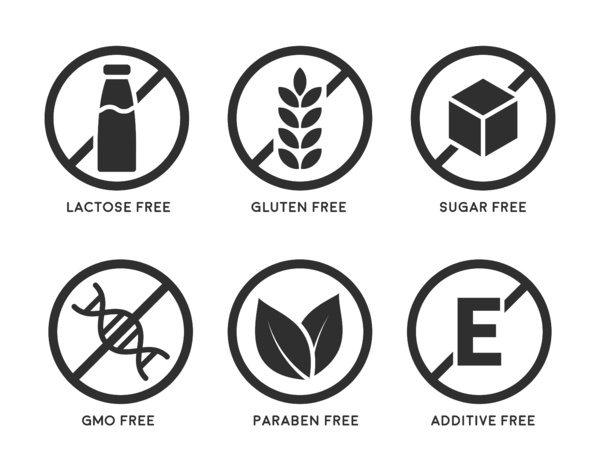
The number of food allergies among children and adults has skyrocketed. This must be taken into account when creating CPG packaging and labeling strategies.
Food allergies are a growing concern in the food processing industry. Since 2010, peanut allergies have increased 21% in children. Around 90% of all food allergies are caused by eight foods:
- Peanuts
- Tree nuts
- Soy
- Fish
- Wheat
- Shellfish
- Eggs
- Milk
Each year, 300,000 doctor visits are caused by food allergies for children alone. While many allergic reactions are treated successfully, some are fatal. Though no one knows the exact cause of the rise in these allergens, the right food preparation, labeling, and CPG packaging strategies will reduce risk and unintended exposure.
Assess Suppliers
Assess how suppliers practice allergen management. Check for available documentation on products to plan your CPG packaging strategies accordingly.
The BRC Global Standard for Packaging and Packaging Materials helps food packaging manufacturers implement the right systems and controls when packaging their brands. This eliminates contamination and ensures all food is safe.
This packaging standard was published in 2001 and is adopted by manufacturers, retailers, and packaging businesses globally. This provides certification for companies to show their dedication to allergy management practices and offers one common standard for third-party assessors.

Build Strategies
The Food and Drug Administration (FDA) conducts inspections to make sure major allergens are labeled properly on food packaging. This labeling is an integral part of the packaging process.
Manufacturers must put controls in place to avoid cross-contact with allergens. This occurs when a major food allergen is accidentally introduced into a product. Controls should be labeled during the manufacturing and packaging process, so undeclared allergens are also avoided.
Food labels on CPG packaging should identify the food source of all major allergens used in the product. Use common names of ingredients that are easily identifiable such as milk or shellfish. This clearly defines the allergen source on the packaging.
If you are unable to provide a common source name, you are required to declare the allergen’s food source at least once on the label. You can place it in parenthesis after the ingredient name. One example is lecithin (soy).
You can also include the allergen’s food source next to or immediately after the ingredient list. This is called a “contains” statement. For example, “contains wheat and soy.”
Use advisory statements to address possible cross-contact, which sometimes occurs when shared equipment is used to produce foods containing different allergens. This can also occur when these foods are processed on the same production line.
Cross-contact results from unsuccessful cleaning or when aerosols or dust that contains an allergen are generated. The FDA requires advisory statements only to be used when necessary. They should not substitute good manufacturing practices.
Provide Correct CPG Packaging Labels
Develop strategies for providing correct CPG packaging labels. Put checks in place between the time when you process and package the food. Check all labels to ensure all necessary information is present.
Destroy old packaging when allergen information is changed or updated. This can occur when a food recipe is altered or if there is a new risk of allergen cross-contact.
Follow all food allergen labeling guidelines on your CPG packaging. Research shows 45% of consumers typically manage food allergies by reading labels carefully. Including detailed information will help them avoid adverse reactions and recognize your dedication to product safety.
PKG Brand Design is always on the forefront of new CPG branding and packaging initiatives; please subscribe to our blog for the latest package design industry news!







